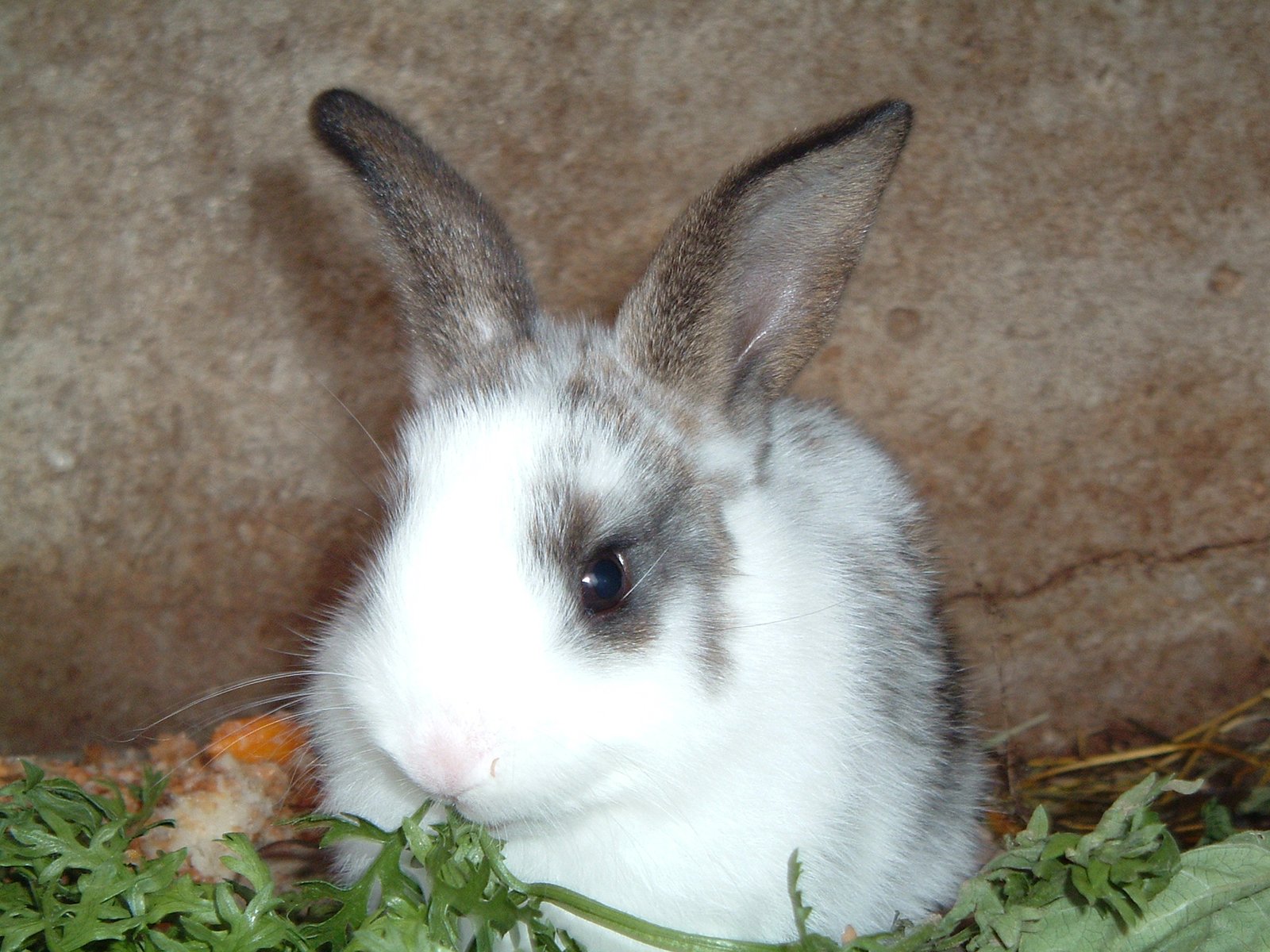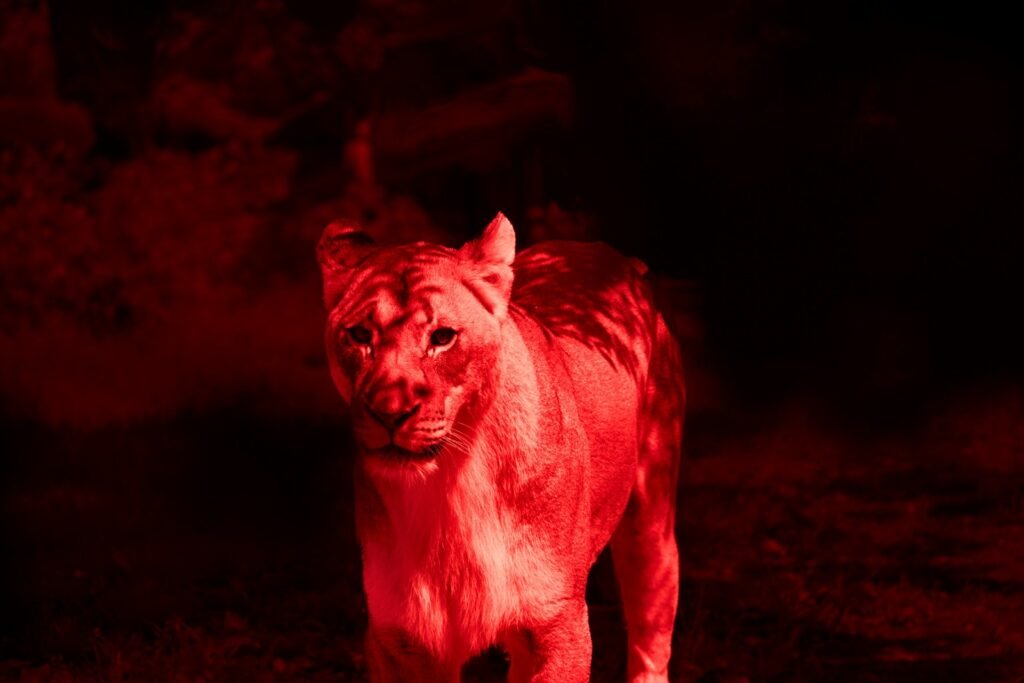Imagine wandering through a dense forest at twilight, listening to the gentle rustle of leaves and the distant calls of birds. But beneath this peaceful symphony lies a profound truth: many animals, despite their vibrant lives, are locked in silence—not by choice, but by biology. This silence isn’t neutral. It’s a wall, a boundary set by evolution, which shapes not only the lives of these creatures but also our moral responsibility toward them. When we consider what animals can and cannot express, we uncover a world of hidden struggles, unspoken needs, and ethical dilemmas that demand our attention.
The Myth of Animal Eloquence
It’s tempting to believe that animals can communicate their feelings and needs as clearly as humans do. Popular media is filled with talking dogs and wise elephants, but reality is far more complex. Most animals rely on a limited set of vocalizations, gestures, or chemical signals, which are designed for survival, not for sharing nuanced emotions. A cat’s meow or a dog’s bark can tell us something, but it’s a mere fraction of their inner world. The absence of language as humans know it means that much of what animals experience goes unspoken, creating a vast gulf between their reality and our understanding.
The Science of Animal Signals

Scientists have spent decades decoding animal communication, from the intricate dances of honeybees to the haunting songs of whales. What’s clear is that animal signals are often highly specialized. Bees can inform their hive-mates about the location of flowers, and dolphins use whistles to identify each other, but these messages are limited in scope. Most animal signals are instinctive, hardwired by evolution to trigger specific behaviors—like warning of danger or attracting a mate—rather than expressing feelings like pain, loneliness, or joy. This biological ceiling restricts what animals can share and, therefore, how we respond to them.
When Silence Speaks Louder Than Words
The inability to communicate distress or suffering doesn’t mean those experiences don’t exist. Picture a horse with a subtle limp or a bird quietly ruffling its feathers; these are often the only clues we get that something is wrong. Silence, in this context, becomes a powerful force. It hides injuries, masks fear, and allows suffering to go unnoticed. For prey animals, this silence is a survival strategy—displaying weakness could mean death. But for humans, it creates a blind spot, making it easy to overlook the needs of those who cannot cry out.
Emotional Lives Behind Quiet Eyes
Recent scientific studies have shattered the old myth that animals are mere automatons. Elephants mourn their dead, octopuses solve puzzles, and dogs show jealousy. Yet, the vast majority of these emotional experiences happen without words. A chimpanzee may embrace a grieving companion, or a cow may nuzzle her calf, but their ability to express complex desires or suffering is constrained by biology. This gap between feeling and expression is at the heart of why animal silence isn’t neutral—it conceals entire worlds of emotion that we can only guess at.
Barriers to Understanding Animal Pain

Detecting pain in animals is notoriously difficult. Humans rely heavily on language to describe discomfort, but animals must rely on behavior. Even veterinarians, with years of training, sometimes struggle to interpret subtle signs of distress. A rabbit may simply sit quietly when in agony, and a cat might hide. These behaviors, adaptations that help animals survive in the wild, mean that pain often goes untreated or unrecognized. This silent suffering presents a deep moral challenge for anyone who cares for or works with animals.
The Limits of Empathy Across Species
Empathy is the bridge that connects us to other beings, but it’s built on our ability to recognize and respond to signals of need. When animal communication falls short, our empathy can falter. We might miss signs of fear in a caged bird or overlook boredom in a lonely dog. This isn’t callousness—it’s a biological limitation of our own, an inability to fully step into another species’ shoes. Yet, recognizing this gap is the first step toward greater compassion and responsibility.
Ethical Implications in Animal Care
The biological limits of animal communication raise urgent ethical questions. If animals cannot tell us when they are suffering, does that mean we are off the hook? Or does it, in fact, demand that we be more vigilant and proactive? For farmers, pet owners, zookeepers, and researchers, the answer is clear: silence demands action. We must learn to read the signs, however faint, and err on the side of caution. This means improving living conditions, providing enrichment, and advocating for better welfare standards that account for the hidden needs of all creatures.
Technology’s Role in Bridging the Gap
Remarkable advances in technology are helping scientists decode animal signals in ways never before possible. Cameras, bioacoustic sensors, and AI-powered translators are beginning to unravel the mysteries of animal communication. For example, researchers can now detect stress in elephants by analyzing their low-frequency rumbles or monitor the heart rates of whales to spot distress. These innovations don’t erase the biological barrier, but they offer new hope for understanding and responding to animals’ unspoken needs.
Rethinking Our Moral Obligations
Once we acknowledge the limits of animal communication, our moral responsibilities expand. We can no longer claim ignorance as a defense for inaction. Silence, in this case, becomes a call to empathy and vigilance. It urges us to create environments where animals can thrive, to educate ourselves about species-specific behaviors, and to support policies that prioritize animal welfare. Our silence in the face of their silence can no longer be considered neutral—it is a choice with real consequences.
The Power of Listening Beyond Words

Ultimately, the challenge is to become better listeners—not just to sounds, but to behaviors, patterns, and subtle shifts in mood. By paying close attention to the creatures around us, we honor their existence and acknowledge their struggles. This kind of listening is an act of respect, a way of bridging the gap that biology has built. It’s in this quiet attention that we find our true humanity.
A world where silence is recognized not as emptiness, but as a powerful form of communication, invites us to care more deeply and act more wisely. What might we discover if we truly listened to the voices that cannot speak?




